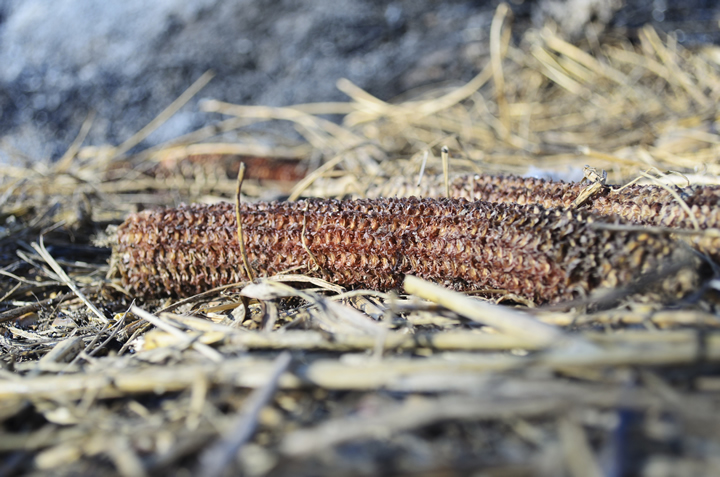Promising Agriculture Technologies That Are Minimizing Food Waste

Globally, people waste one-third of all food produced for human consumption, or 1.3 billion tons, each year. Producers and consumers toss edible and spoiled food all along the supply chain. Most of it ends up in landfills where it leaches methane gas for months, if not years. However, if the world could reduce its food waste by just 25%, there would be enough to end world hunger.
Everyone has a major role to play in reversing food waste, including innovators and problem solvers. Thanks to them, several new agriculture technologies are already hard at work minimizing unnecessary and avoidable waste. These promising inventions are paving the way for a greener, more sustainable tomorrow.
Soil Sensors
Over 15% of food is lost before leaving the farm. This waste is often a byproduct of slaughter operations and produce lost during harvesting. However, soil climate can also play a major role in crop disease, death and loss.
Nowadays, plenty of agtech gadgets come with soil sensors to gather data and keep fields healthy, from self-moving tractors to underground plant health monitors. They allow farmers to identify which areas need treatment based on water penetration and nutrient levels.
Image Recognition Software
All too often, the sorting system picks out produce that’s off-color or is an unusual shape or size. This food is just as edible as its normal-looking companions but ends up in landfills anyway.
Brands like Kroger are on a mission to change that. The brand launched Pickuliar Picks to be transparent with shoppers and eliminate waste. This initiative bags and sells “ugly” fruit, and the company might be using image recognition software to do so.
This impressive agtech relies on imaging techniques and machine learning algorithms to visually detect inedible produce. The most intelligent software can differentiate between odd-looking and bad items to minimize waste during sorting and throughout the rest of the supply chain.
Smart Packaging and Storage
Active and smart packaging and modified atmosphere processing are hot trends in agtech these days. These rather recent innovations preserve food during the processing and distribution stage and give many items a longer shelf life.
For example, one Washington state brand developed a spoilage-slowing sticker to keep produce fresh longer. Other brands have created similar cutting-edge solutions, like vapor-emitting package inserts and edible coatings. The more companies can integrate these technologies into common packaging and produce, the more apt they are to minimize food waste.
Dynamic Pricing Algorithms
Smart packaging remains important in extending shelf life at the point-of-sale and in-home levels. However, dynamic pricing algorithms can further reduce food waste if companies properly implement them. Essentially, this solution allows retailers to update and display discount prices on items nearing expiration. Similar software has also made its way into restaurants, where it helps chefs identify which dishes are least popular and thus, produce the most waste.
Taking the Next Step to Minimizing Food Waste
Unfortunately, there is no clear-cut solution to minimizing food waste. Countries and regions face various needs and, therefore, require different approaches. What’s more, agtech is still in its infancy, which means many technologies are still too expensive to produce on a larger scale. Innovators and farmers need more funding from federal agencies and private investors to take the next steps.
Ultimately, it’ll take action on a global and local scale to make waste reduction more affordable. Recent solutions will inevitably collect and generate more data to prove just how effective agtech can be in the coming years. By then, investors would be negligent not to invest in something so obviously successful and sustainable.
Comments (0)
This post does not have any comments. Be the first to leave a comment below.
Featured Product

